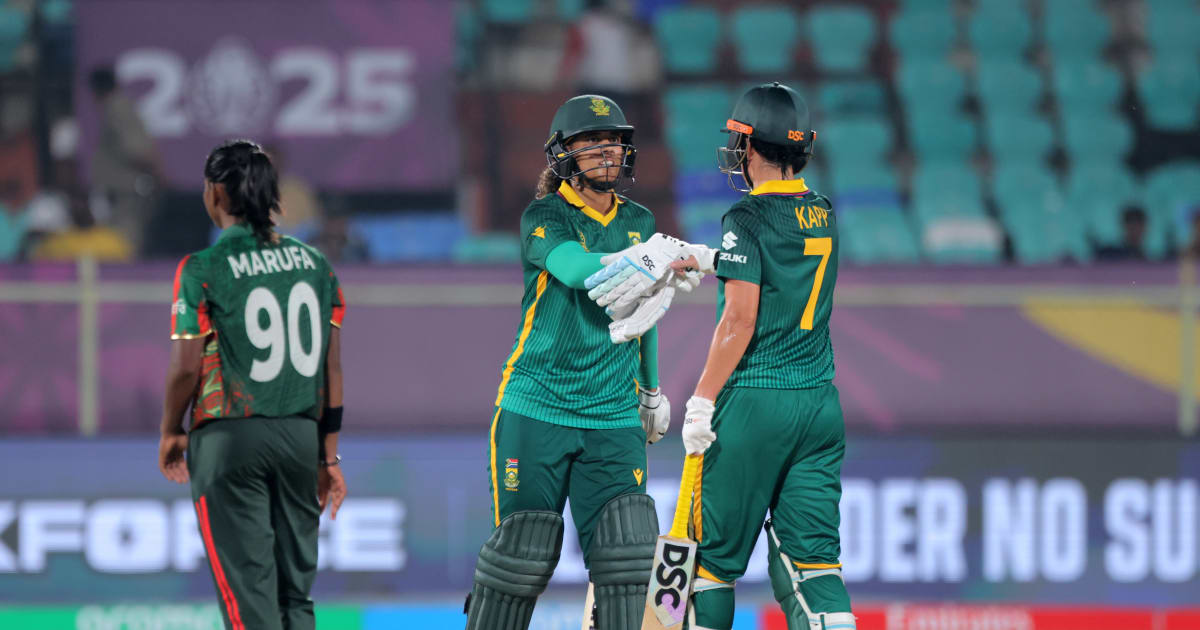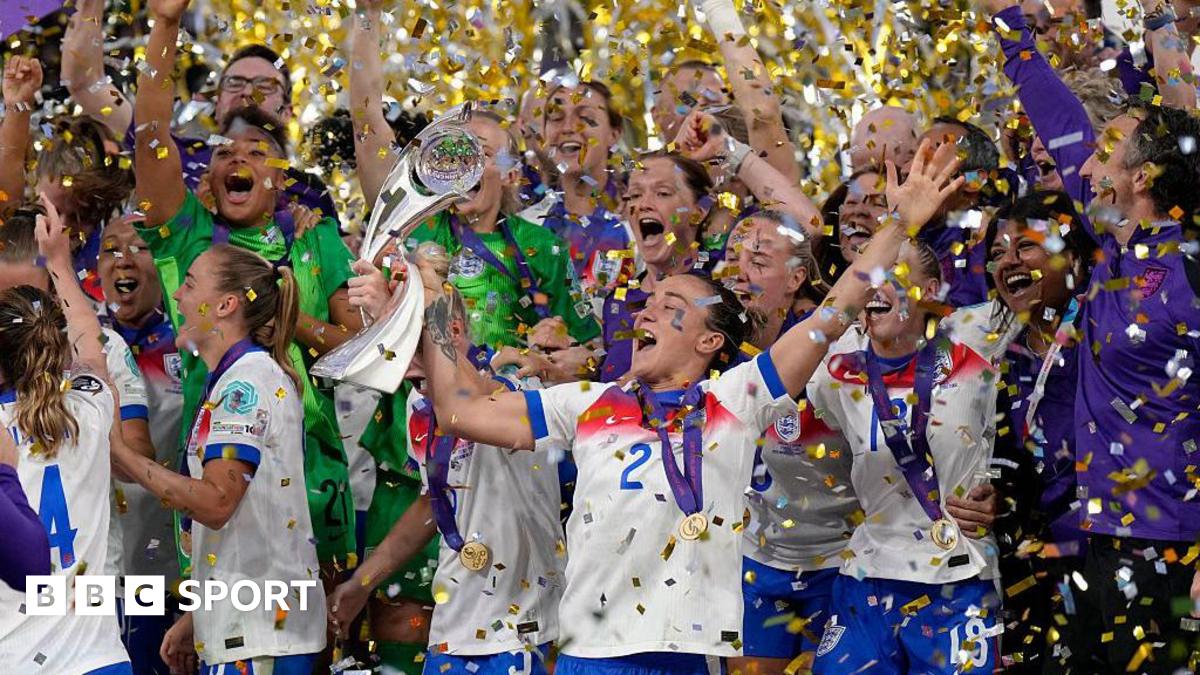BoUNC calls Tar Heels to the crease

The afternoon sun cooking the field’s synthetic turf won’t stop these athletes. They’re committed to improving so they can represent the University nationally.Members of Carolina’s BoUNC, or the Bowlers & Batters at UNC-Chapel Hill student organization, are on Hooker Fields for a Friday practice. Founded in 2024, the team aims to eventually compete in Collegiate Cricket League tournaments. First, though, they’re recruiting more undergraduate and graduate students to join them. They also plan to host the North Carolina Cricket Championship with teams from Duke University, North Carolina State University and UNC Charlotte.“We want to expand the profile of cricket at UNC and in the state,” said BoUNC co-president Ishan Joshi, a junior physics major from Gujarat, India.An estimated 300 million men and women aged 16 and older play the game around the globe.Carolina cricketersFor these students, the only thing that matters for the next hour is their passion for the game. They greet each other enthusiastically, especially newcomers. Joshi, and fellow co-president Salman Khan, a senior who was born in Pakistan and has lived in North Carolina since high school, brought the team’s limited equipment – one bat, one ball and wicket components.As other players arrive, the team’s treasurer, Avi Tikoo, helps them assemble the wickets. Tikoo, a sophomore from Raleigh, hopes to be accepted to UNC Kenan-Flagler Business school.A coin toss decides which team bowls or bats first. Players assume their positions. Most wear long pants despite the heat, with a couple of guys in shorts. Two wear Carolina Blue shirts.Some cricket notesPassersby watch briefly, as cricket is an uncommon sight on campus and hard for the uninitiated to understand. Two 11-player teams alternate innings to bat and bowl (pitch) a ball. Batters score runs by hitting the ball and running between two wickets, while bowlers aim to dismiss them.Each wicket’s three hard plastic posts or stumps are topped by notched pieces called bails that if dislodged by a bowled ball, dismisses or puts the batter out. From behind a crease line, the bowler delivers a straight-armed overhead throw from 22 yards at the 28-inch tall, nine-inch wide wicket. Nine fielders and a keeper behind the batter’s wicket support the bowler.The bat has a flat, thick hitting surface and a baseball bat-like grip.Dismissals include bowled (stumps hit), caught (fielder catches hit before bounce), leg before wicket (batter’s body blocks a ball that would have hit wicket), run out (fielder knocks down stumps before batter reaches crease) and stumped (wicketkeeper removes bails when batter is out of crease).At this practice, the first bowler launches the ball toward the batter, who smacks it 40 feet to his left or leg-side. A fielder scoops the ball with bare hands. He throws it at the wicket by the crease before the batter can reach it. Only wicketkeepers wear gloves.Games end when one team completes its innings, usually when the number of plays (when the ball is hit) reaches the game format’s limit, when 10 wickets fall or if the other team achieves more runs.Muhammad said that all interested students are welcome at practices, regardless of experience with cricket. It’s all free.“It doesn’t matter how rich or how poor you are. If you’ve got a bat and a ball, you can play cricket,” said Raj Patel, a computer science graduate student from Ahmedabad, India.











